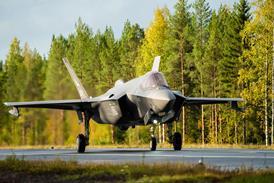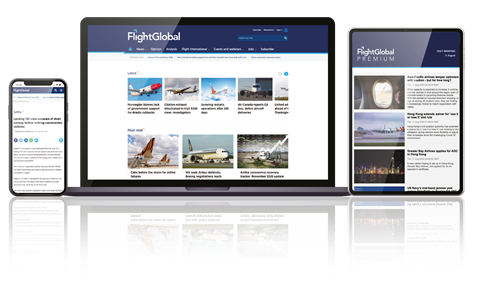How many pilots does it take to fly a commercial airliner? At the moment the regulators say two, but some of the reasons for having such a rule will not be valid for state-of-the-art aircraft in a few years.
All aircraft can be flown by a single pilot. The most basic safety argument for requiring two is pilot incapacitation, and flightdecks are designed so that the one remaining fit pilot can bring the aircraft home safely, even if it were the captain who had become incapacitated. So, regulation accepts a single pilot can operate an airliner, but only allows it in an emergency.
It is outside the arena of direct regulation that the arguments for and against a single-pilot crew become most interesting: the arenas of practical considerations and cultural reactions. Here's one practical consideration: all airline pilots would have to be rated as aircraft commanders, but how would they achieve that competency without a co-piloting apprenticeship?
Here's another: if security regulations remain as they are, all types except short-hop regionals would require an en-suite flightdeck. And the autopilot must be approved for periods of pilot absence from the controls, with a mode that does not allow it to trip out, which raises lots of technical questions.
It was undoubtedly once true that crew workload demanded a pair of pilots, a flight engineer and - even further back in aviation history - a navigator and radio operator. The reasons such a crew is no longer necessary are too obvious to need rehashing here. An aeroplane today may be extremely complex, but self-monitoring automation and massive advances in system reliability has reduced the human operator's workload dramatically. And Embraer, the first manufacturer to break cover on the issue of single-pilot crews, correctly cites future air traffic management systems as an influential enabling component. The new environment will be one in which the precise four-dimensional navigation of a flight will have become a largely automated, centrally co-ordinated exercise.
A single human operative in a completely automated environment would risk being psychologically out of the loop when the automation failed, and therefore likely to be ineffective.
The questions that really arise are not whether the crew could be reduced to one, but the more subjective issues of whether it should be done, whether it is practical, and finally whether the pilot would best be on the aircraft, or controlling it remotely.
Source: Flight International





























